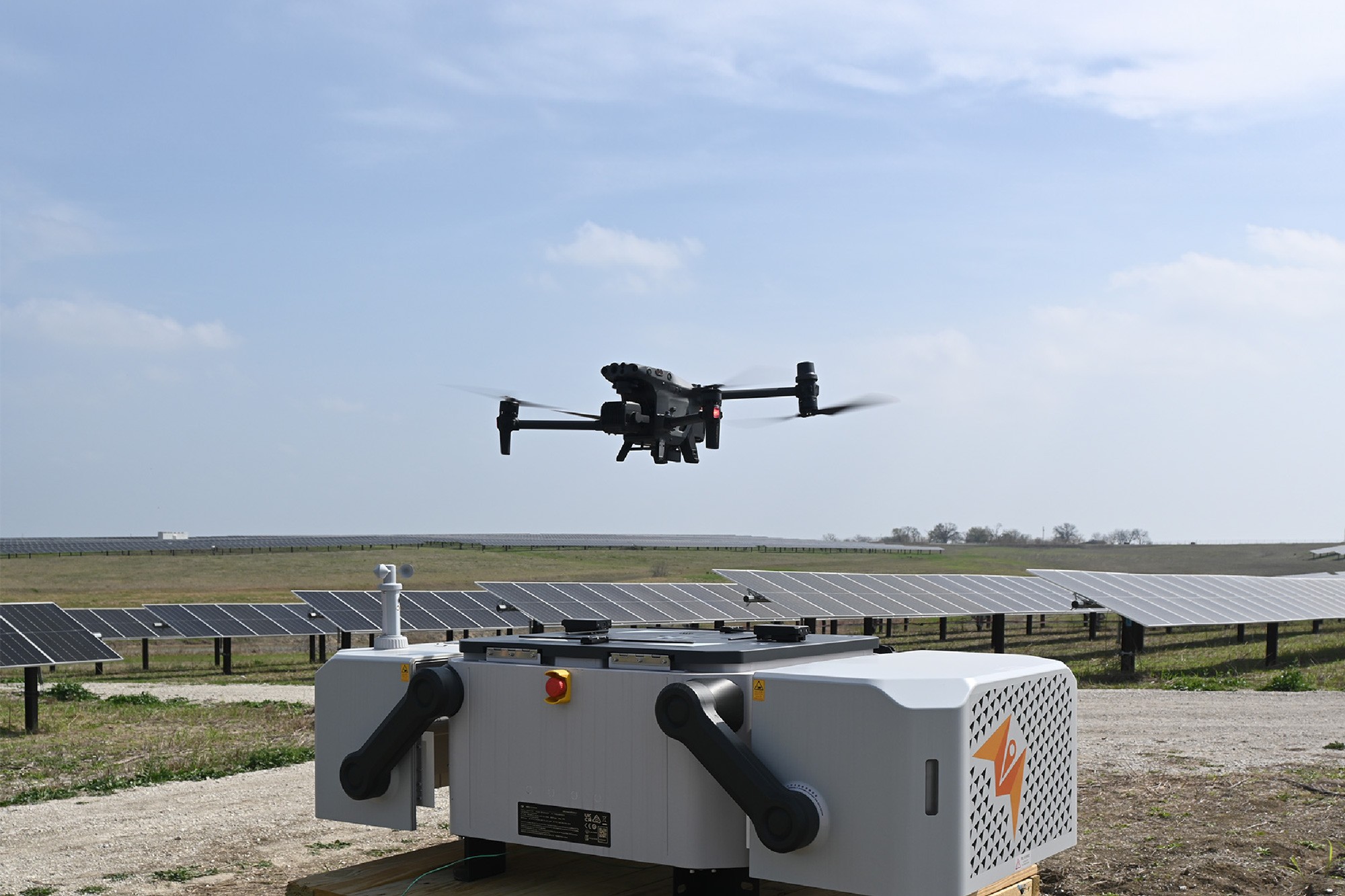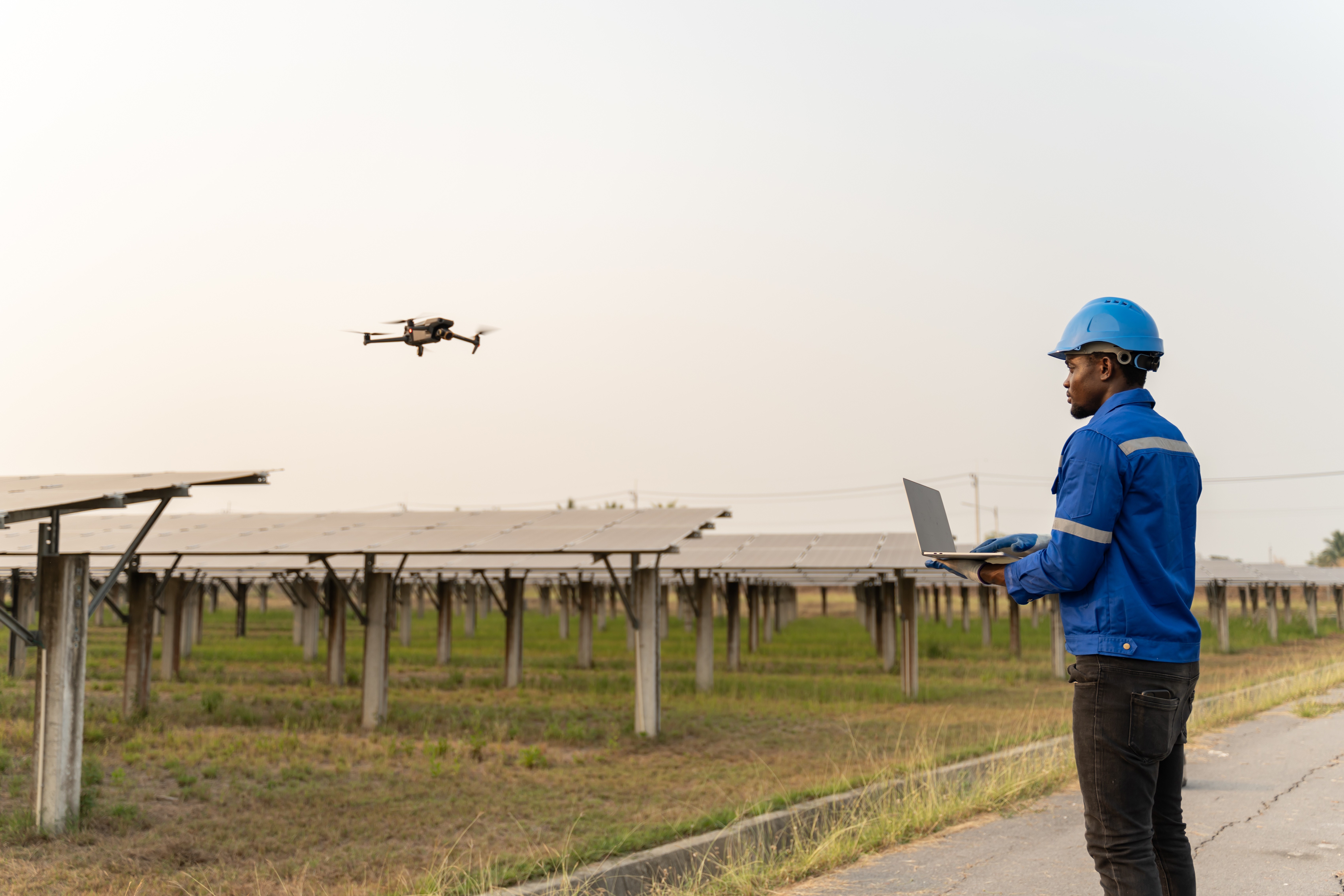Posted On 4/9/24
This is the first in a two-part series about how robotics and artificial intelligence are having a transformative effect on solar
As the solar industry grows and evolves, cutting-edge tools like robotics and artificial intelligence (AI) are playing an increasingly crucial role.
At RaptorCon 2024, Raptor Maps’ second annual solar executive conference held in February 2024, Eddie Obropta, Co-founder and CTO of Raptor Maps, discussed the important role of robotics and AI in solar, and how the sector is primed to adopt robotics.
Why Use Robotics in Solar?
Obropta began by highlighting the exponential growth of the solar sector, with global installed capacity surpassing a terawatt in 2023. The need to triple the solar workforce by 2030 to meet demand poses a significant challenge.
However, robotics and AI present compelling solutions to address the workforce constraints and pervasive issues caused by equipment underperformance.
READ MORE: RAPTOR MAPS 2024 GLOBAL SOLAR REPORT FINDS EQUIPMENT FAULT-RELATED UNDERPERFORMANCE HAS INCREASED NEARLY 180% in 5 YEARS
Key Benefits of Robotics in Solar
Obropta highlighted various ways robotics can assist the solar industry.
Labor Optimization: Robotics can undertake dull, dangerous, and repetitive tasks, alleviating the burden on human resources. This not only meets labor demands but also enhances safety by mitigating risks associated with hazardous tasks.
Cost Savings: Automation of these dull tasks can free up teams to focus on more detailed tasks and reduce the number of truck rolls required, lowering operating costs in the long-run
Data Analytics: Clean and consistent data is imperative for performance monitoring and engineering analysis in the solar industry. Robotics, such as drones equipped with advanced sensors, ensure precise and repeatable data capture, facilitating informed decision-making.
Enhanced Security: Robotics contribute to site security by deploying ground robots equipped with surveillance capabilities. These robots can detect and deter potential threats, safeguarding solar installations from vandalism and theft.
While the adoption of robotics in solar presents immense opportunities, Obropta noted that it also entails challenges such as site selection, regulatory compliance, and infrastructure requirements. However, proactive planning and integration of robotics into the design phase of solar projects can mitigate these challenges and maximize the benefits.
Real-World Applications: Drone-in-a-Box
Obropta provided insights into the deployment of autonomous drones, also known as drone-in-a-box technology, on solar farms. Raptor Maps has enabled the deployment of autonomous drones for a variety of use cases, including alert-generated inspections and routine aerial inspections, construction monitoring, tracker alignment checks, site walk replacements, monitoring vegetation, infrastructure, and security, and substation inspections.
READ MORE: AUTONOMOUS DRONES IN THE AGE OF SOLAR
As the solar industry continues to embrace robotics and AI, Obropta emphasized the need for proactive adoption and collaboration across stakeholders. He urged industry players to envision robotics as integral components of solar infrastructure, driving efficiency, safety, and sustainability.
In the second part of this series, we'll explore how the integration of AI is transforming the future of solar energy.
Find videos of Eddie Obropta’s session and all RaptorCon speakers here.
Contact us
Raptor Maps is building the digital foundation for a more resilient and scalable solar. From construction to end-of-life, we are your long-term software partners to ensure your sites are operating as expected and producing reliable energy to support the energy transition.



